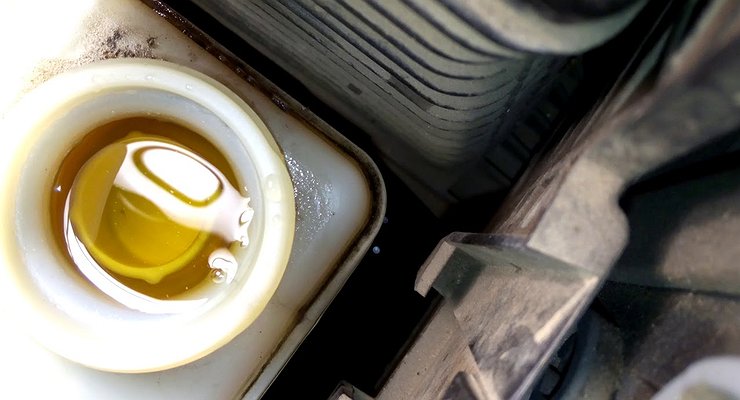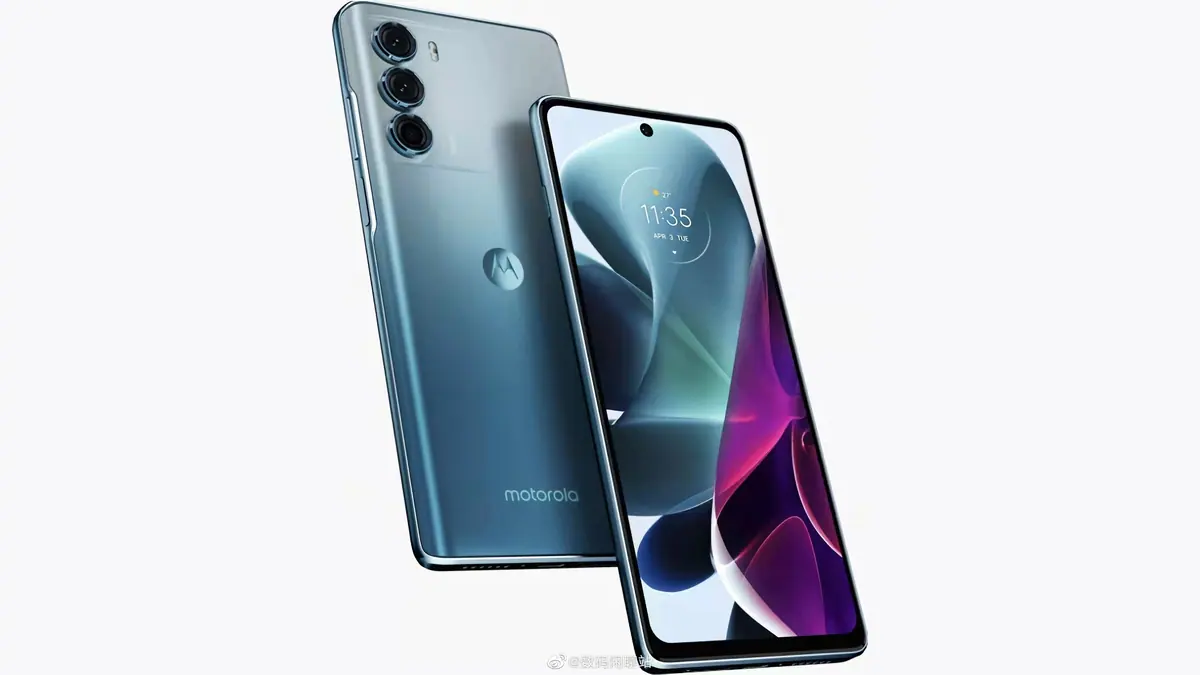Counterpoint has made its breakdown on the matter public. production costs Who owns the iPhone 14 Pro Max. Despite being a very similar device to last year’s model, the base model has become 3.7% more expensive to manufacture. Although the 48-megapixel camera has been upgraded as one of the biggest improvements this year, it’s still a component that only accounts for 11% of the total.
$474. 444 euros at the current exchange rate. According to Counterpoint’s dump, this is the manufacturing price of an iPhone 14 Pro Max in the 128GB version. This represents an increase of 3.7% over last year’s model and four key points that justify the increase this year.
Processor, screen and camera. The iPhone 14 Pro Max comes with the A16 Bionic, Apple’s first 4 nanometer processor for a mobile phone. According to the source, this component made up 18% of the total cost of the phone we saw on the iPhone 13 Pro Max, while it increased to 20%. The panel provided by Samsung Display increased from 19% to 20%.
As for the new camera sensor, which is now 48 megapixels, this one comes from Sony. The cost increase was $6.30 per primary sensor. With this minor adjustment, the camera now accounts for 11% of the final cost of the product, compared to 10% last year.
Image: Counterpoint Research.
Small savings on connection. It’s now cheaper to get the iPhone to connect to a 5G network. The overall cost of the cellular division fell 13 percent due to the drop in prices for 5G-related components. Here, Qualcomm, Skyworks, and Broadcomm are Apple’s main distributors, which expect the iPhone’s parent company to develop their own modems as soon as possible.
Towards full hardware control. The iPhone 14 Pro Max is a small step towards independence from Apple in terms of components, aside from wanting to control the connectivity part and working as a distributor of microLED panels to stop being dependent on Samsung.
In addition to assembling its own processor, the iPhone 14 Pro Max includes components designed by Apple (circuits and cables, sound chips, etc.) that make up 22% of the total cost of the iPhone. Apple aims to reduce dependency on its distributors by putting an extra gear into greater control of the hardware of its devices.














